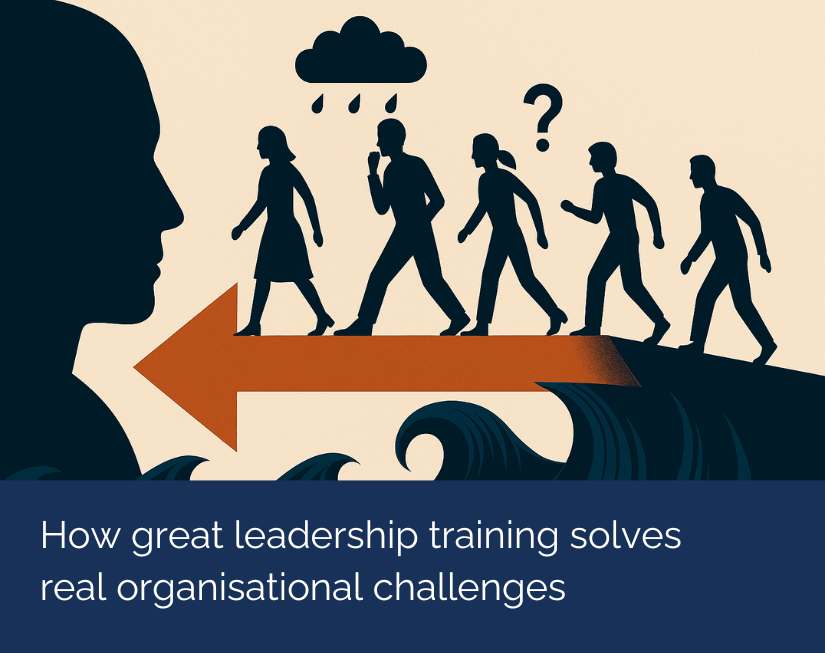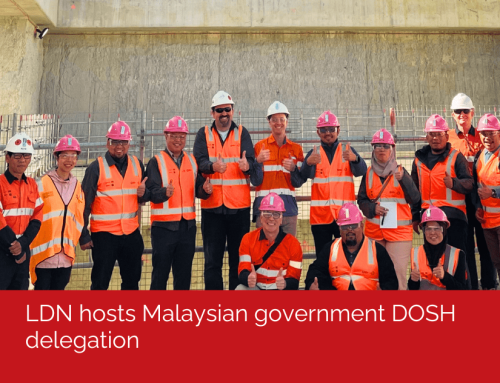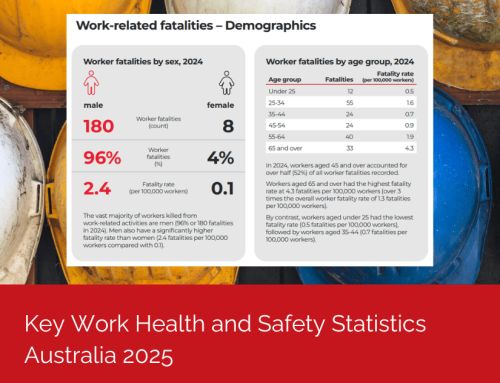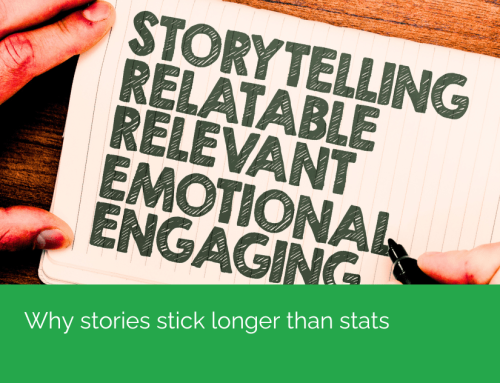
When employee challenges feel unsolvable, look to leadership. High turnover. Change fatigue. Teams pulling in different directions. Leaders stretched thin, trying to do more with less.
They’re not just growing pains—they reflect deeper leadership challenges within the system. And most of the time, they come back to one question:
Do your leaders have what they need to lead well right now?
Leadership isn’t a title – it’s a capability – and today, it’s being tested like never before. Leaders are expected to drive results, support wellbeing at work, ensure compliance, navigate change, and build culture. All while adapting to evolving expectations, leaner teams, and increasingly complex decisions.
Too often, leaders are expected to do all of this without the tools or support they need.
That’s where customised leadership training makes the difference—not as a box-ticking exercise, but as a strategic lever to unlock performance, alignment, and resilience. It gives leaders the tools, clarity, communication skills and confidence to lead effectively in the real world.
What challenges are organisations facing?
At LDN, we work with leaders across industries—from logistics and healthcare to construction, utilities and government. While every organisation is unique, we’ve seen that many face the same underlying issues:
- Change fatigue is widespread. Teams are overwhelmed by constant transformation—new systems, restructures, shifting priorities. Many leaders feel unprepared to guide people through it.
- Communication is under strain. Hybrid environments, complex stakeholder relationships and fast-moving projects mean clarity is often lost. Miscommunication can escalate into confusion or conflict.
- Confidence is inconsistent. Especially at frontline and mid-levels, technically strong people are stepping into leadership roles without the behavioural skills to lead others.
- Workload pressure is high. Leaders are asked to do more with less—less time, fewer people, tighter budgets. It’s taking a toll.
- Staff expectations are rising. People want purposeful work, flexibility, psychological safety and inclusive cultures. Leadership is central to delivering all of that.
These are not just people problems. They are strategic problems—problems that require capable, confident, and emotionally intelligent leadership at every level.
What changes when leadership improves?
When leadership capability lifts, so does organisational performance. We’ve seen it firsthand. Organisations that prioritise leadership development see:
- Improved organisational performance – Leaders drive outcomes more effectively and with greater accountability.
- Enhanced employee engagement – Teams feel supported, aligned, and motivated to contribute.
- Greater adaptability – Equipped leaders can respond to uncertainty and help their teams do the same.
- Increased innovation – Leaders create psychological safety for problem-solving, experimentation, and fresh thinking.
The result? Teams that are more cohesive. Cultures that are more resilient. Workplaces where people can thrive, even in complexity.
But not all leadership training works
Plenty of training sounds good in theory but misses the mark in practice. Why? Because it’s generic. Or it’s not grounded in the reality of your organisation. Or it’s delivered in a way that doesn’t stick.
That’s why we don’t offer cookie-cutter courses.
At LDN, we design leadership training that responds to the actual challenges your leaders face. Whether they’re navigating difficult conversations, building high-performing teams, managing change fatigue, or stepping into new leadership roles—we build programs around what will make a difference on the ground.
Training designed for behaviour change, not just knowledge
Real leadership development goes beyond frameworks. It’s about shifting behaviour in real workplaces, under real pressure.
That’s why our programs are backed by evidence-based instructional design—like the 4MAT® model—which ensures people not only understand new ideas, but remember and apply them long after the workshop ends.
Our training:
- Connects emotionally—so leaders are engaged and reflective
- Applies practically—so they know what to do differently next week
- Builds confidence—so they show up consistently, not reactively
- Reinforces learning—so change sticks, even when things get busy
This is training that meets people where they are, and takes them where they need to go.
Real challenges need real leadership
Strategy, technology and process are all critical. But without capable leaders to bring them to life, they stall. Good leadership bridges the gap between ambition and execution.
And in the current climate—where uncertainty is the norm and expectations keep shifting—leadership isn’t just important. It’s essential.
If your organisation is navigating complexity, ask the big question “What kind of leadership do we want more of?”






